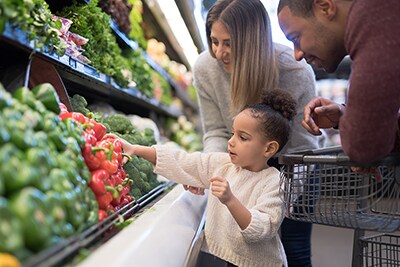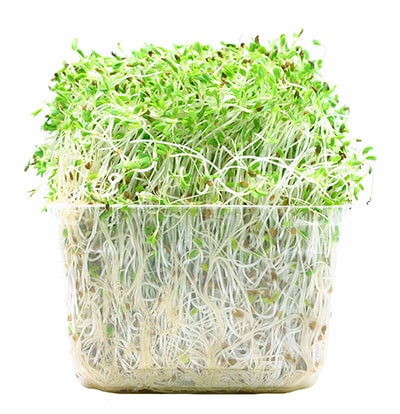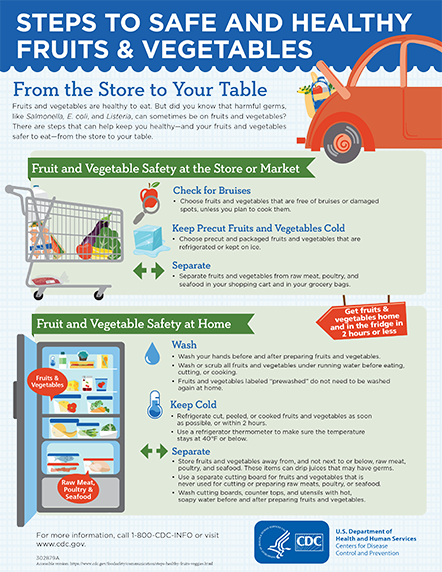Fruit and Vegetable Safety

Eating a diet with plenty of fruits and vegetables gives important health benefits. But it’s important to select and prepare them safely.
Fruits and vegetables add nutrients to your diet that help protect you from heart disease, stroke, and some cancers. In addition, choosing vegetables, fruits, nuts, and other produce over high-calorie foods can help you manage your weight.
But sometimes raw fruits and vegetables contain harmful germs that can make you and your family sick, such as Salmonella , E. coli, and Listeria, CDC estimates that germs on fresh produce cause a large percentage of U.S. foodborne illnesses.
The safest produce is cooked; the next safest is washed. Enjoy uncooked fruits and vegetables while taking steps to avoid foodborne illness, also known as food poisoning.
At the store or market:
- Choose produce that isn’t bruised or damaged.
- Keep pre-cut fruits and vegetables cold by choosing produce that is refrigerated or kept on ice.
- Separate fruits and vegetables from raw meat, poultry, and seafood in your shopping cart and in your grocery bags.
At home:
- Wash your hands, kitchen utensils, and food preparation surfaces, including chopping boards and countertops, before and after preparing fruits and vegetables.
- Clean fruits and vegetables before eating, cutting, or cooking, unless the package says the contents have been washed.
- Wash or scrub fruits and vegetables under running water—even if you do not plan to eat the peel. Germs on the peeling or skin can get inside fruits and vegetables when you cut them.
- Cut away any damaged or bruised areas before preparing or eating.
- Dry fruit or vegetables with a clean paper towel.
- Keep fruits and vegetables separate from raw foods that come from animals, such as meat, poultry, and seafood.
- Refrigerate fruits and vegetables within 2 hours after you cut, peel, or cook them (or 1 hour if the outside temperature is 90°or warmer). Chill them at 40°F or colder in a clean container.
Groups With a Higher Chance of Food Poisoning
Anyone can get food poisoning, but people in certain groups are more likely to get sick and to have a more serious illness. These groups are:
- Adults aged 65 and older
- Children younger than age 5
- People who have health problems or take medicines that lower the body’s ability to fight germs and sickness (weakened immune system)—for example, people with diabetes, liver or kidney disease, HIV, or cancer
- Pregnant women
If you or someone you care for has a greater chance of food poisoning, it’s especially important to take steps to prevent it.

Cook sprouts thoroughly to reduce the risk of illness. Eating raw or lightly cooked sprouts may lead to food poisoning. That’s because the warm, humid conditions needed to grow sprouts also are ideal for germs to multiply. It’s especially important to avoid raw sprouts if you are in a group more likely to get seriously sick from food poisoning: older adults, young children, people with weakened immune systems, and pregnant women.
Fruit and Vegetable Safety Infographic























.png)











No hay comentarios:
Publicar un comentario